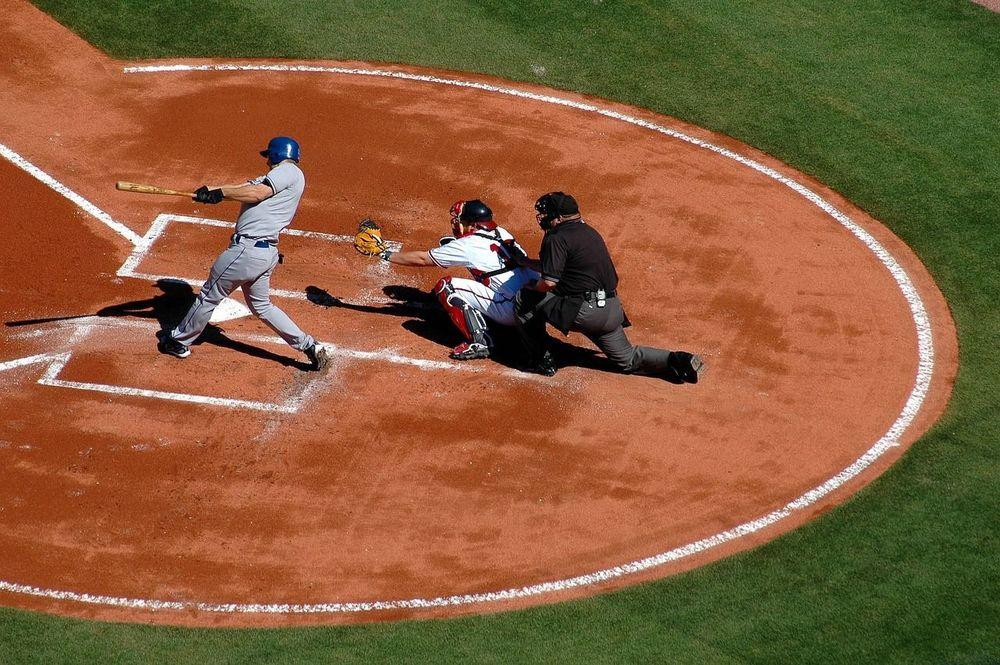
January trade tracker update; ranking the Big Four
It’s mid-January; time to take stock. How is our model doing vs. real life?
As of January 18:
Total trades: 36
Total trades accepted by our model: 30
Acceptance rate: 83.3%
Variance: +/- 4.2
Basically, the model has been right five out of every six trades, and overall the numbers have held up reasonably. As a reminder, we keep a running tally of all trades, log each one individually on our site, and keep score via these tracker updates, so you can see how the model is faring against real-life. We’ll keep this updated throughout the offseason.
Note that we don’t distinguish between small, medium, and large trades -- we track them all. So far this offseason, we’ve seen a lot of small ones (e.g., Jeffrey Springs for Sam Travis), a few medium ones (such as the Corey Kluber or Omar Narvaez trades), and a couple of bigger ones (at least in valuation terms, such as Matthew Liberatore and Luis Urias). But no super-blockbusters -- at least not yet.
Ranking the Big Four
Recently, Craig Edwards of Fangraphs asked fans to rank the perceived trade value of the four superstars who have been in the trade rumor mill this offseason: [baseball-trade-values-player-link player="8706"], [baseball-trade-values-player-link player="7685"], [baseball-trade-values-player-link player="7589"], and [baseball-trade-values-player-link player="7769"]. He then published the results of this crowdsourcing exercise, ranking the four in this order from highest to lowest: Lindor, Betts, Bryant, Arenado. This matches what we’ve had here on BTV the entire offseason.
(Well, not exactly: We have Bryant and Arenado effectively tied right now, only because of the uncertainty of Bryant’s grievance case. We’re approaching it as if he were traded today, with a small probability of Bryant winning that case tamping down his value a little. If that case is resolved in the Cubs’ favor, his value will increase a small amount, putting his value ahead of Arenado’s.)
That said, we sometimes find ourselves going against the grain. Our goal is not to match people’s perceptions, but to correlate as closely as we can with real life. So sometimes we’ll surprise people with our numbers. We seemed to be the only ones who estimated a low surplus number on Corey Kluber, Nomar Mazara, and Omar Narvaez, and we were right in each case.
Will any of the Big Four be traded?
As we get closer to Spring Training, it appears that the likelihood of any one of those four superstars being traded is lower. Historically, most trades involving big names happen before the holiday break -- partly because they have a ripple effect on roster construction, which means that GMs then need time to deal with the after-effects; and partly because, with star players, they tend to want to know where they’re playing sooner than later so they can move their families. GM Mike Hazen of Arizona said as much to The Athletic, albeit with a caveat of “never say never”:
“The further you get into the offseason, the harder those bigger trades are... people are fine-tuning their rosters at this point… I would probably be a little less optimistic about something bigger happening…
“When you move into this phase, we’re starting to plan for the roster going into spring training. Removing pieces from it just requires you to be able to replace them. That’s probably the biggest issue. Most of the players are taken off the market at this point in time.”
A note on prospect valuation
We also sometimes get feedback that our numbers on prospects are too high. We have [baseball-trade-values-player-link player="8758"]higher than Lindor, for example, and [baseball-trade-values-player-link player="7505"]higher than [baseball-trade-values-player-link player="7896"]. The fact that the Dodgers have so far refused to trade Lux for Lindor would seem to validate that number. Similar story with the Angels and Adell.
Most GMs know that their top-tier prospects are their future stars, and consider them off-limits. Translated, that means they’re going to have a high number on our site.
But there’s a big drop-off after that top tier, which is where there is more activity. So far this offseason, we’ve seen trades involving a few middle-tier prospects, such as [baseball-trade-values-player-link player="8079"], [baseball-trade-values-player-link player="8703"], and [baseball-trade-values-player-link player="14198"], and lots of smaller trades of lower-end minor-leaguers. There is sometimes a wide variance in how prospect evaluators rate them (in Liberatore’s case, for example, Baseball America rates him as a 60 (with high risk), whereas Fangraphs rates him as a 50), and these also can differ by team, which means there is a wider variance in trade value estimates with these.
In any case, it wouldn’t be a surprise to see a few more trades from the middle and lower tiers of prospects, but as with the superstar veterans, the chances of anyone from the top tier moving at this point seem low.

